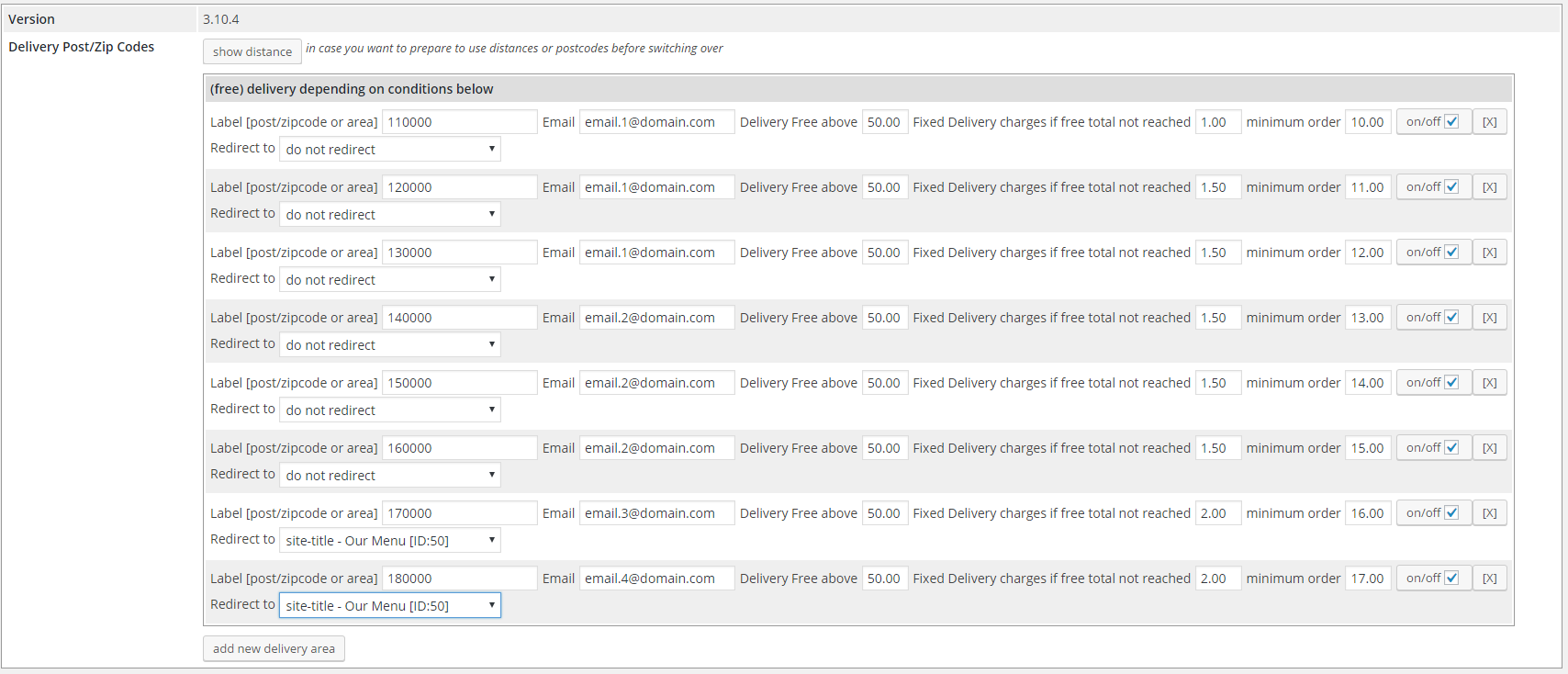Free Postal Zip Codes

The Most Accurate Free USA Zip Code Map Anywhere! Find USPS postal Zip codes by address or click on the map to display the zip code as a boundary map. This free Access database of ZIP codes provides database designers with a valuable tool to assist in mapping ZIP codes to a city/state pair and also provides the.

The 'Canadian Postal Codes' package will provide you with the extended Canadian Postal Codes database as well as Canadian geographical data like latitude and. ZIP Code Database list & Demographics - Boundary data with ZIP Codes by City, County, State, CBSA, MSA.
Post office sign in showing postcode 2607 A postal code (also known locally in various English-speaking countries throughout the world as a postcode, post code, Eircode, PIN Code or ZIP Code) is a series of letters or or both, sometimes including spaces or punctuation, included in a for the purpose of sorting. In February 2005, 117 of the 190 member countries of the had postal code systems. Although postal codes are usually assigned to geographical areas, special codes are sometimes assigned to individual addresses or to institutions that receive large volumes of mail, such as government agencies and large commercial companies.
One example is the French system. 1970s Soviet stamp promoting the use of postal codes The development of postal codes reflects the increasing complexity of postal delivery as populations grew and the became more complex. This happened first in large cities. Postal codes began with postal district numbers (or postal zone numbers) within large cities. Was first subdivided into 10 districts in 1857, and in 1864.
By, such postal district or zone numbers existed in various large European cities. They existed in the United States at least as early as the 1920s, possibly implemented at the local post office level only (for example, instances of 'Boston 9, Mass' in 1920 are attested, ) although they were evidently not used throughout all major US cities (implemented -wide) until. By 1930 or earlier the idea of extending postal district or zone numbering plans beyond large cities to cover even small towns and rural locales was in the air. These developed into postal codes as we define them today. (The name of US postal codes, 'ZIP codes', reflects this evolutionary growth from a zone plan to a zone improvement plan [ZIP].) Modern postal codes were first introduced in the in December 1932, but the system was abandoned in 1939.
Spore Torrent Mac Crack Wifi more. The next country to introduce postal codes was Germany in 1941, followed by Argentina in 1958, the United States in 1963 and Switzerland in 1964. The United Kingdom began introducing its current system in Norwich in 1959, but they were not used nationwide until 1974. Presentation [ ].
Postal codes not in use Character sets [ ] The characters used in postal codes are • The '0' to '9' • Letters of the • Spaces, hyphens Reserved characters [ ] originally did not use the letters 'F', 'I', 'O', 'Q', 'U' and 'Y' for technical reasons. Ad Art Partai Golkar Pdf Writer. But as almost all existing combinations are now used, these letters were allowed for new locations starting 2005. The letter combinations,, and are not used for historical reasons. Do not include the letters D, F, I, O, Q, or U, as the equipment used in automated sorting could easily confuse them with other letters and digits. The letters W and Z are used, but are not currently used as the first letter. The Canadian Postal Codes use alternate letters and numbers (with a space after the 3rd character) in this format: A9A 9A9 In the system uses the following letters only: A, C, D, E, F, H, K, N, P, R, T, V, W, X, Y. Narsingh Deo System Simulation Pdf Viewer.